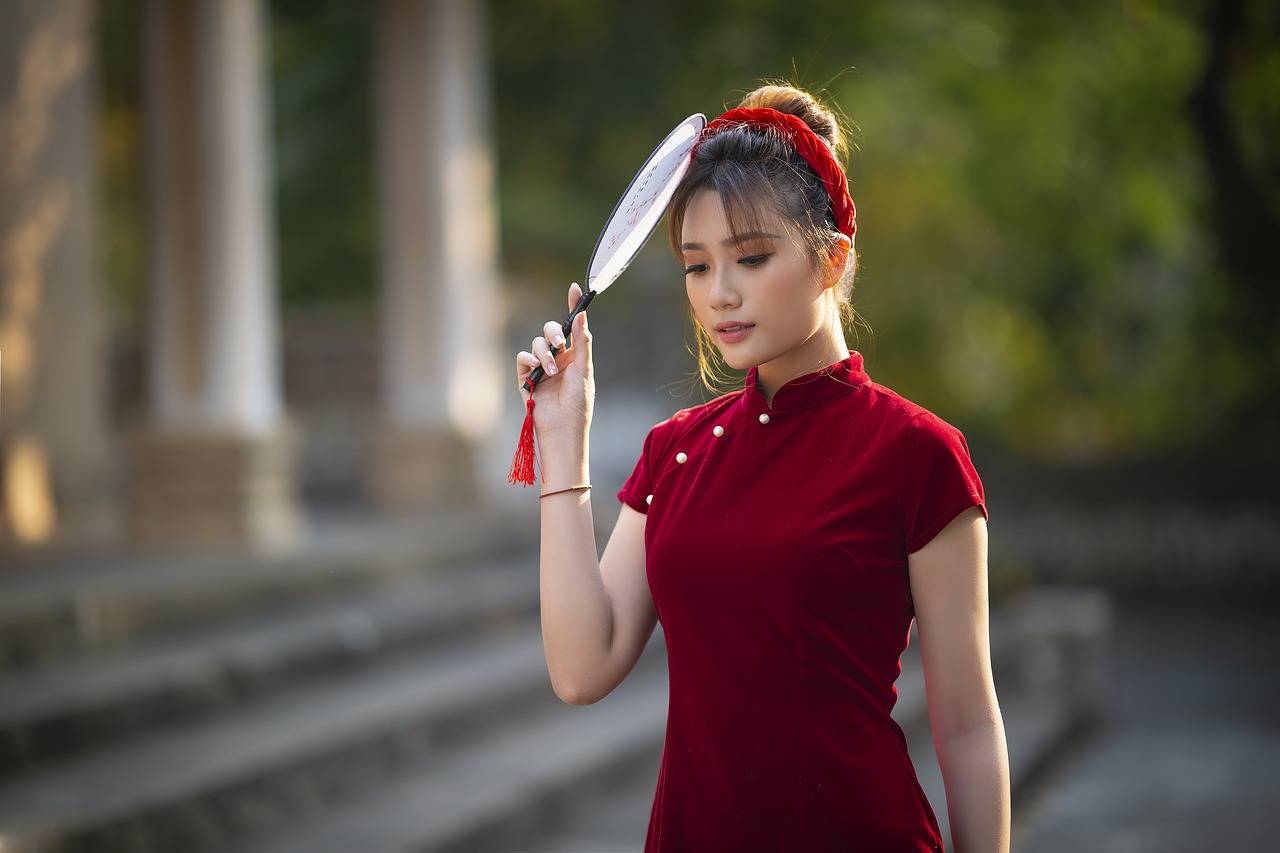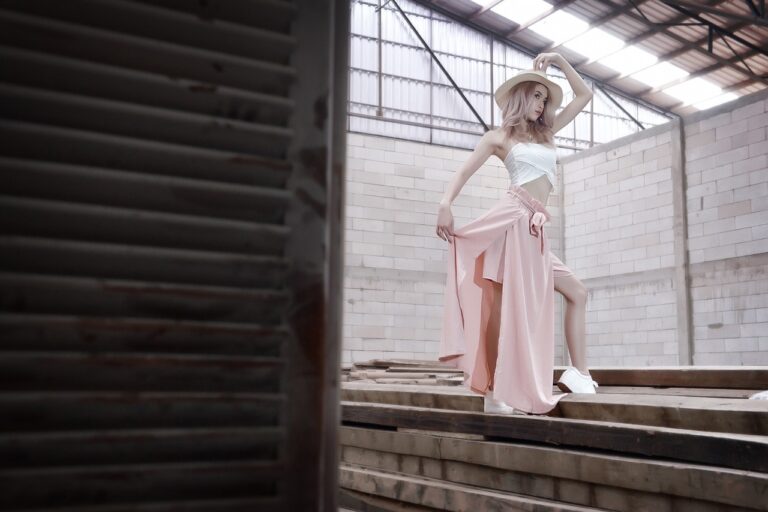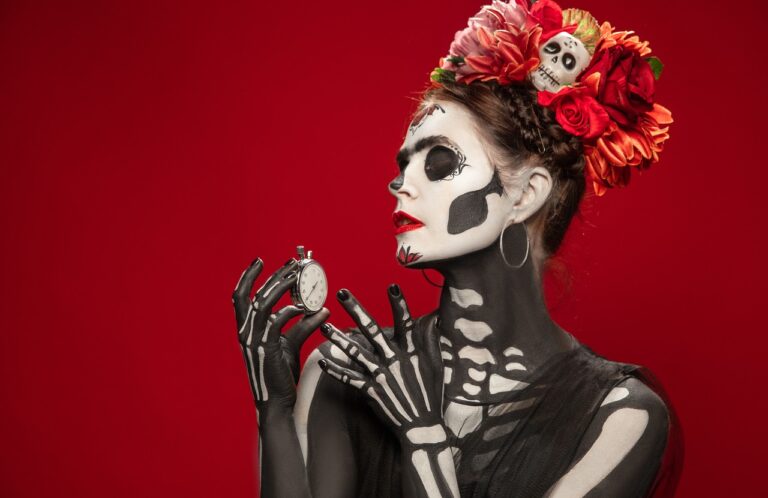Fashion and Politics: The Symbolism of Clothing in Leadership
Political fashion has ebbed and flowed throughout centuries, with each era leaving its unique mark on the way leaders present themselves to the world. From the elaborate robes of ancient rulers to the tailored suits of modern politicians, clothing has always been a tool for conveying authority and status. The historical evolution of political fashion showcases the intersection of power, culture, and style, highlighting how political leaders use clothing as a strategic form of communication.
As societies evolved and diversified, so too did political fashion. The Renaissance era saw an emphasis on rich fabrics and intricate embellishments, symbolizing wealth and sophistication. In contrast, the Industrial Revolution ushered in a more practical approach to political dress, with leaders opting for tailored suits that projected a sense of professionalism and efficiency. Through these shifts in style, the historical evolution of political fashion reveals how leaders adapt their clothing choices to align with the values and expectations of their time.
The Influence of Culture on Political Dress
In a world where political leaders are constantly in the spotlight, their choice of attire speaks volumes about their beliefs, values, and background. Culture plays a pivotal role in shaping the way politicians dress, as it reflects the customs, traditions, and norms of their society. Whether it’s a traditional garment symbolizing heritage or a modern suit representing professionalism, politicians use clothing to connect with their constituents and convey their message effectively.
From vibrant saris in India to tailored suits in the Western world, cultural influences can be seen in every aspect of political dress. For example, the color red holds significant cultural symbolism in China, often worn by leaders as a sign of good fortune and prosperity. Alternatively, tribal patterns and beads are proudly displayed by African leaders, showcasing their roots and connection to their people. The intricate dance between culture and political dress highlights the complexity and richness of global identities in the ever-evolving landscape of leadership.
How Clothing Reflects Power Dynamics in Leadership
Fashion has long played a crucial role in shaping perceptions of power and authority in leadership. The clothing choices of political figures often serve as a visual representation of their status and influence within society. Through carefully curated outfits and accessories, leaders can communicate messages of strength, confidence, and control to the masses.
Moreover, the symbolism embedded in political attire can also convey specific cultural or historical references that further enhance a leader’s perceived authority. By drawing on traditional garments, colors, or accessories associated with power, politicians can establish a sense of continuity with past leadership figures, reinforcing their legitimacy and credibility in the eyes of the public.





